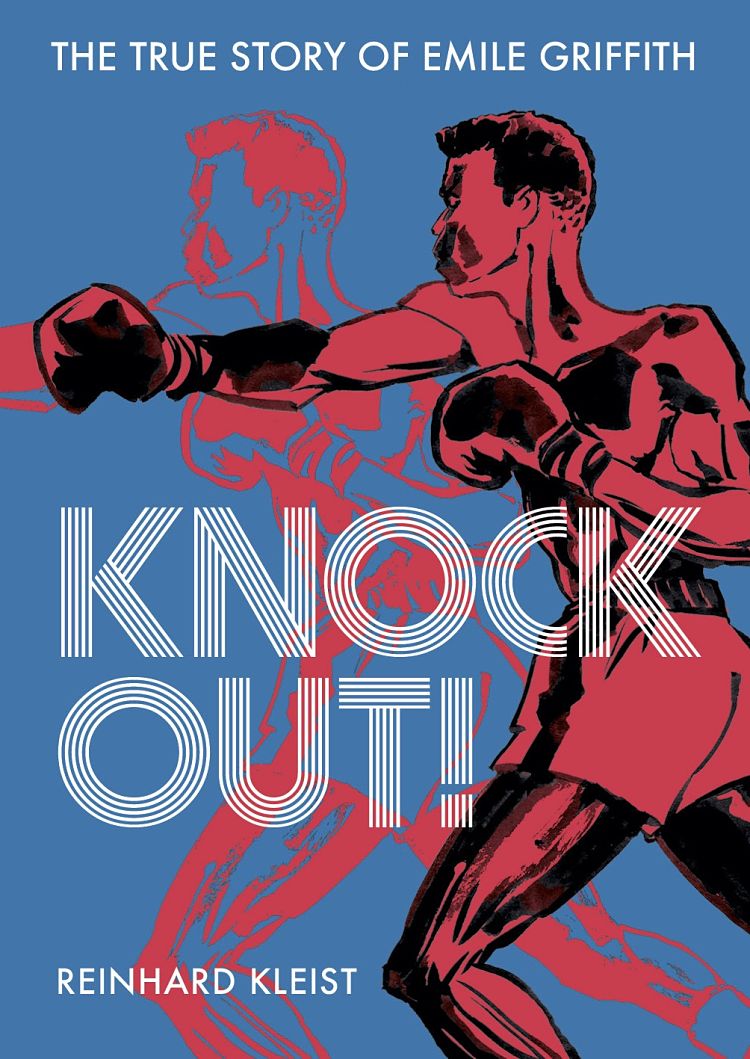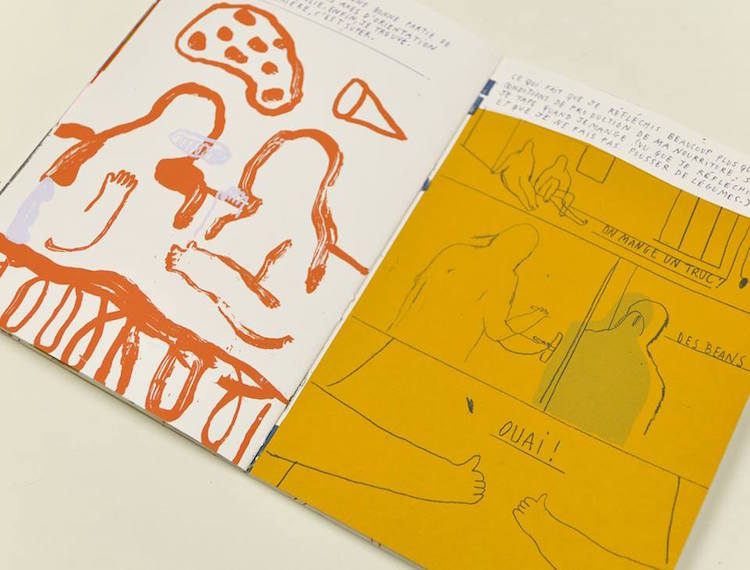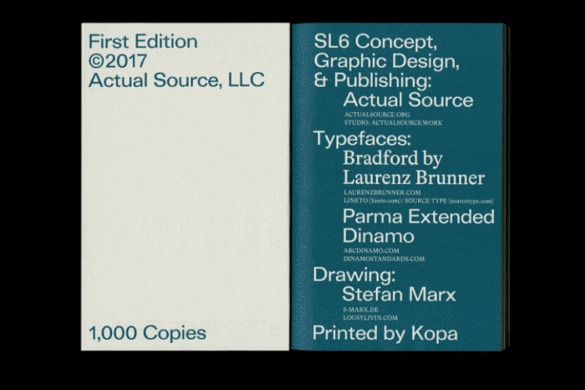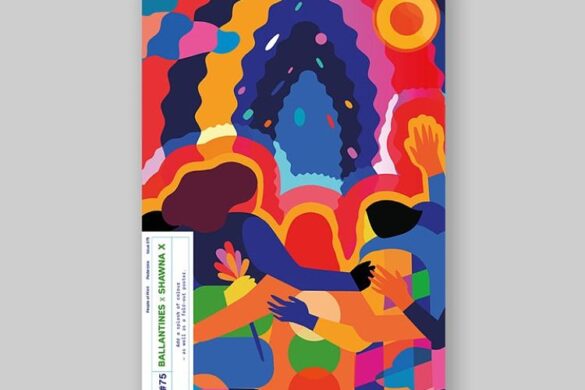It’s likely most of us have heard of Johnny Cash, Fidel Castro and Nick Cave, but Emile Griffith? Not so much.
Perhaps that might change, however, thanks to German graphic novelist and illustrator Reinhard Kleist, who having already published books on Cash, Castro and Cave, has now crafted a superb new graphic novel telling the fascinating story of bisexual boxer, Emile Griffith.
The new graphic biography titled KNOCK OUT! is published by SelfMadeHero, and delineates Griffith’s story in 1960s America, battling both homophobia and racism.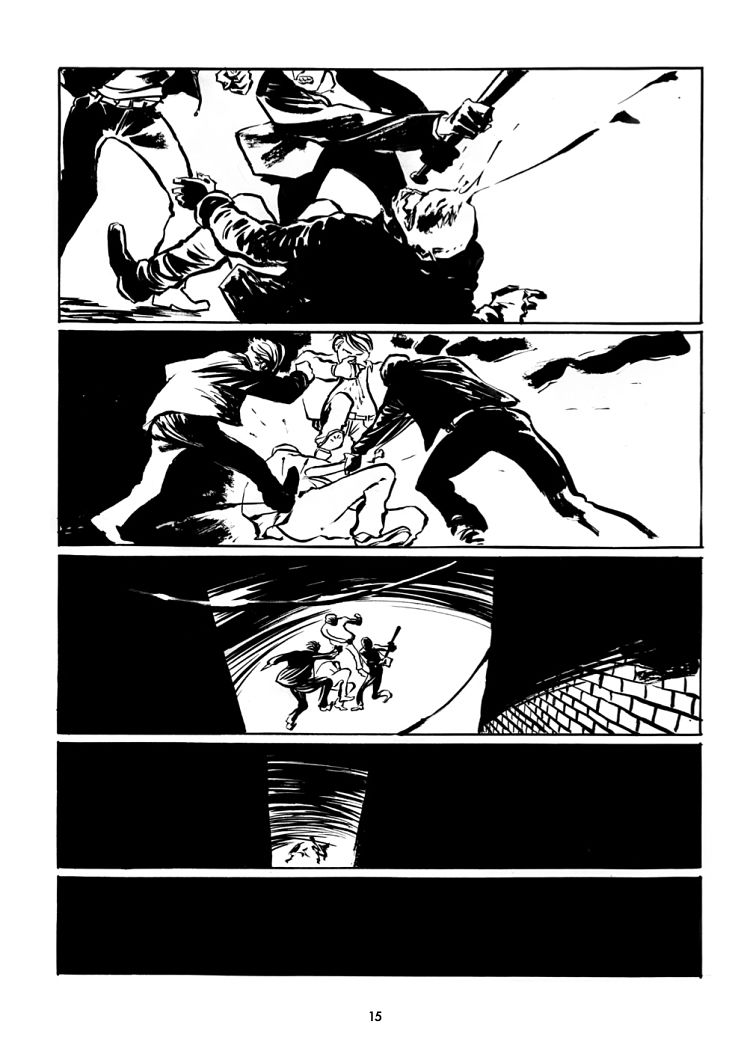
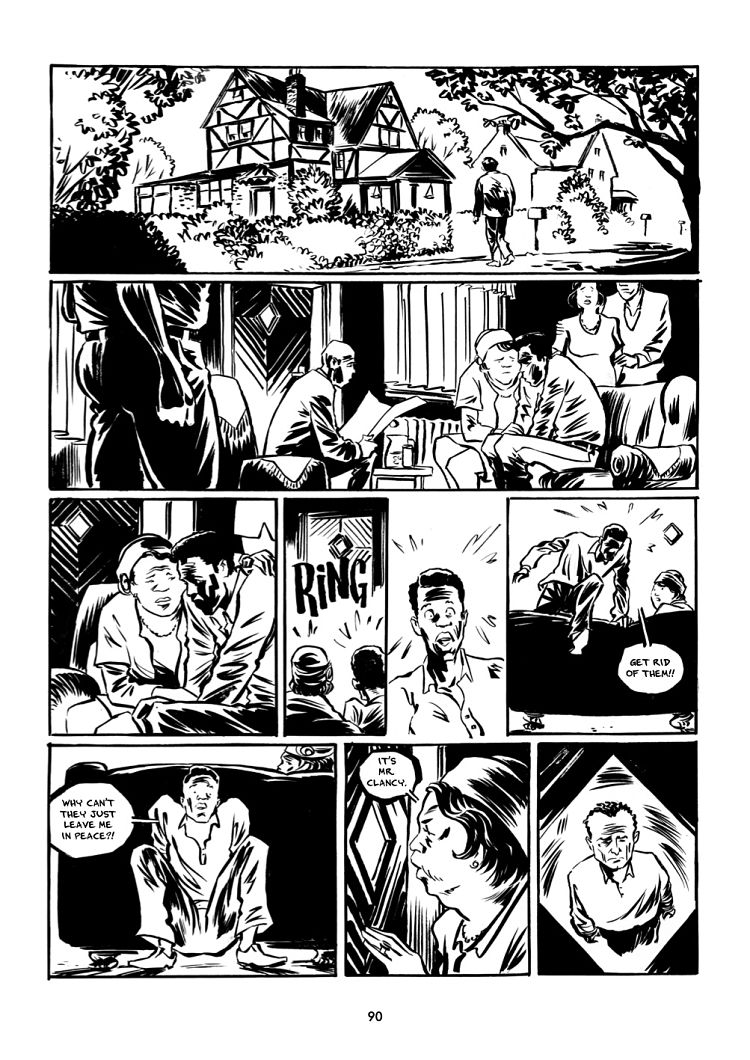 In the book’s preface, Kleist explains that this is a more personal project. “I have lived in Berlin for almost 25 years, and despite it being one of the most tolerant cities in the world, I have suffered homophobic insults and even threats while walking down the street hand in hand with my boyfriend,” he writes. “Friends of mine have been physically assaulted in the centre of the city and there are weekly reports on right wing attacks on members and institutions of the LGBTQ community.
In the book’s preface, Kleist explains that this is a more personal project. “I have lived in Berlin for almost 25 years, and despite it being one of the most tolerant cities in the world, I have suffered homophobic insults and even threats while walking down the street hand in hand with my boyfriend,” he writes. “Friends of mine have been physically assaulted in the centre of the city and there are weekly reports on right wing attacks on members and institutions of the LGBTQ community.
“However, any comparison to Emile’s situation must always take into account my status as privileged white European living in a time and country where the fight for LGBTQ rights has made great advancements (although it is far from over!) Emile was Black and from a poor background, which he boxed himself out of. He lived at a time when the gay and lesbian liberation movement had only just begun. His life and suffering left a deep impression on me.”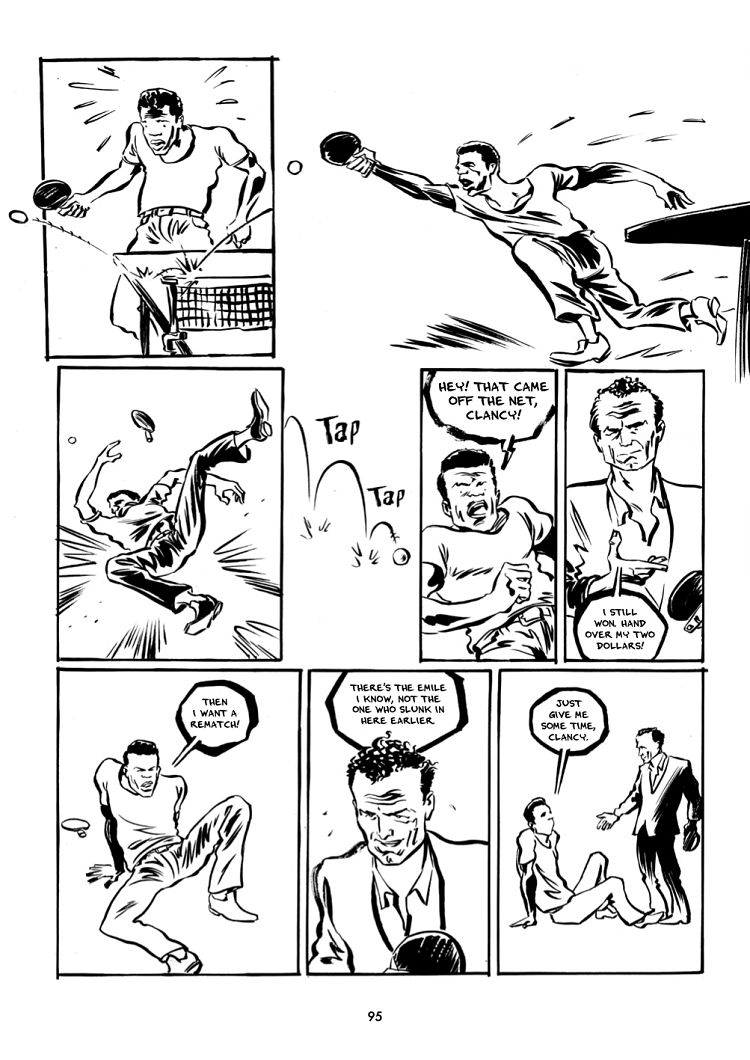 Emile Griffith rose to fame in 1962 when he won the world welterweight title against Cuban boxer Benny Paret. Griffith was a flamboyant character, who as well as being a boxer, was also a singer, dancer and hat designer. It was assumed that his private life—his sexuality—was an open secret; but that all changed at that fight’s weigh-in, when Paret directed a homophobic slur at his opponent.
Emile Griffith rose to fame in 1962 when he won the world welterweight title against Cuban boxer Benny Paret. Griffith was a flamboyant character, who as well as being a boxer, was also a singer, dancer and hat designer. It was assumed that his private life—his sexuality—was an open secret; but that all changed at that fight’s weigh-in, when Paret directed a homophobic slur at his opponent.
Ten days after the fight, Paret died from his injuries. “I keep thinking how strange it is. I kill a man, and most people understand and forgive me,” Griffith said in 2008. “However, I love a man, and many say this makes me an evil person. To so many people, this is an unforgivable sin.” 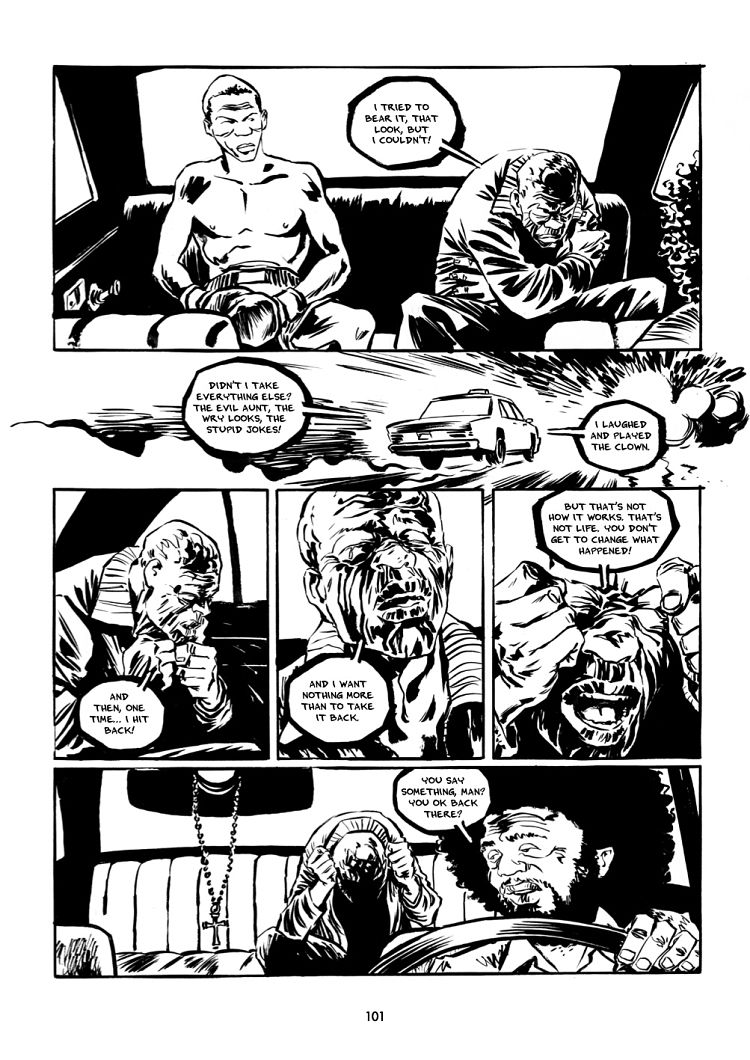
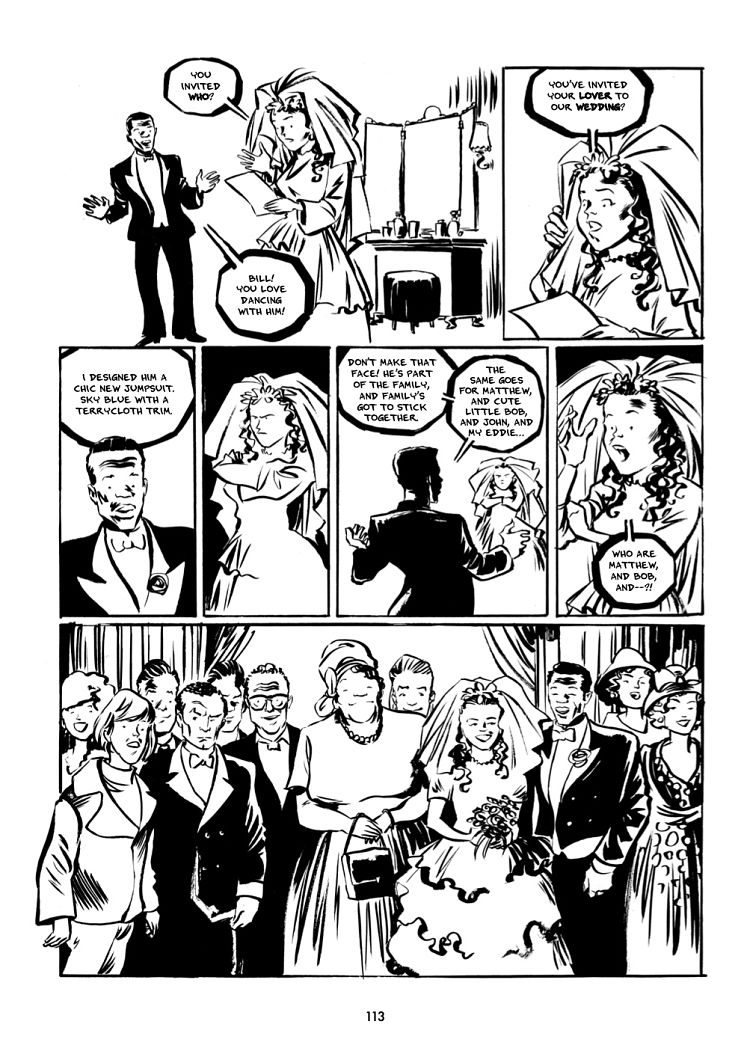 Kleist’s frequently sparse use of text and the starkness of his black and white panels brings that sense of darkness, fears, sadness and injustice to the fire beautifully. While the cover pops with vibrant, almost pulsating red and blue; the interior panels use nothing but monochrome, which feels fitting for a story that’s as much about courage as it is darkness.
Kleist’s frequently sparse use of text and the starkness of his black and white panels brings that sense of darkness, fears, sadness and injustice to the fire beautifully. While the cover pops with vibrant, almost pulsating red and blue; the interior panels use nothing but monochrome, which feels fitting for a story that’s as much about courage as it is darkness.
“Griffith somehow represented both the nobility and the tragedy encapsulated in the phrase ‘he was ahead of his time’ while at the same time transcending the strictures of that cliché,” Jonathan W. Gray, associate professor of English at John Jay College of Criminal Justice, City University of New York, writes in his foreword to the book. 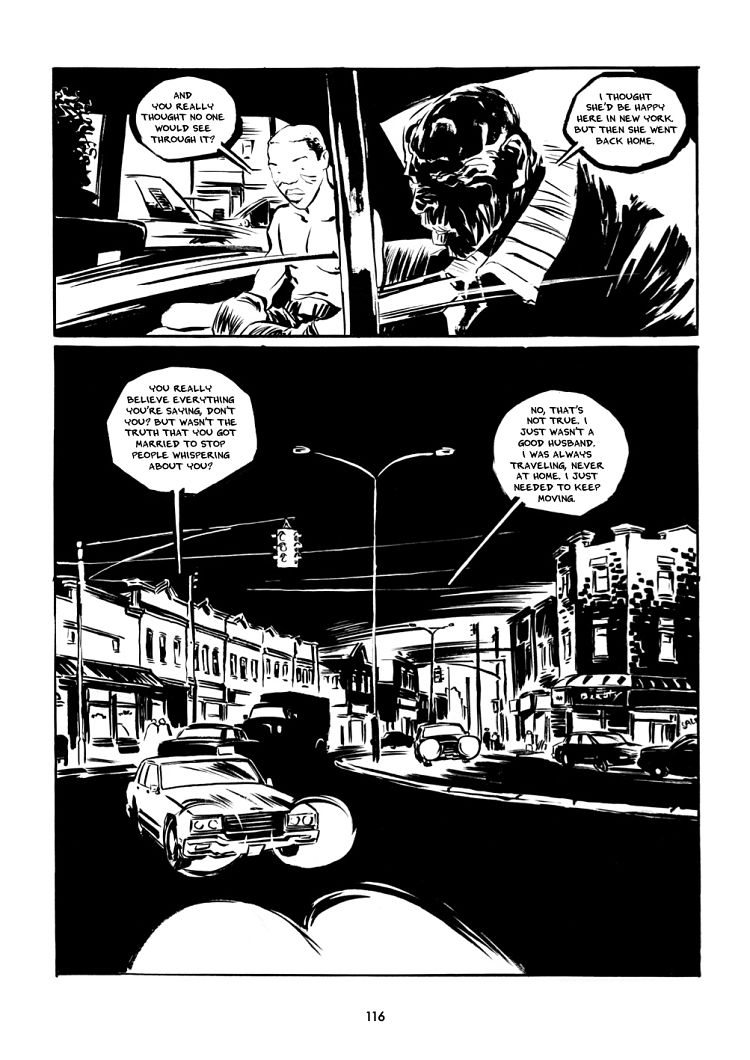 Kleist adds that Griffith “might not have been someone you would describe as an active advocate for LGBTQ rights, but he lived a life of incredible courage.”
Kleist adds that Griffith “might not have been someone you would describe as an active advocate for LGBTQ rights, but he lived a life of incredible courage.”
As well as Kleist’s evocative pictorial storytelling, the book also contains an essay from athlete and academic Dr Tatjana Eggeling on Emile Griffith and other notable gay and lesbian boxers including Liz Carmouche and Orlando Cruz.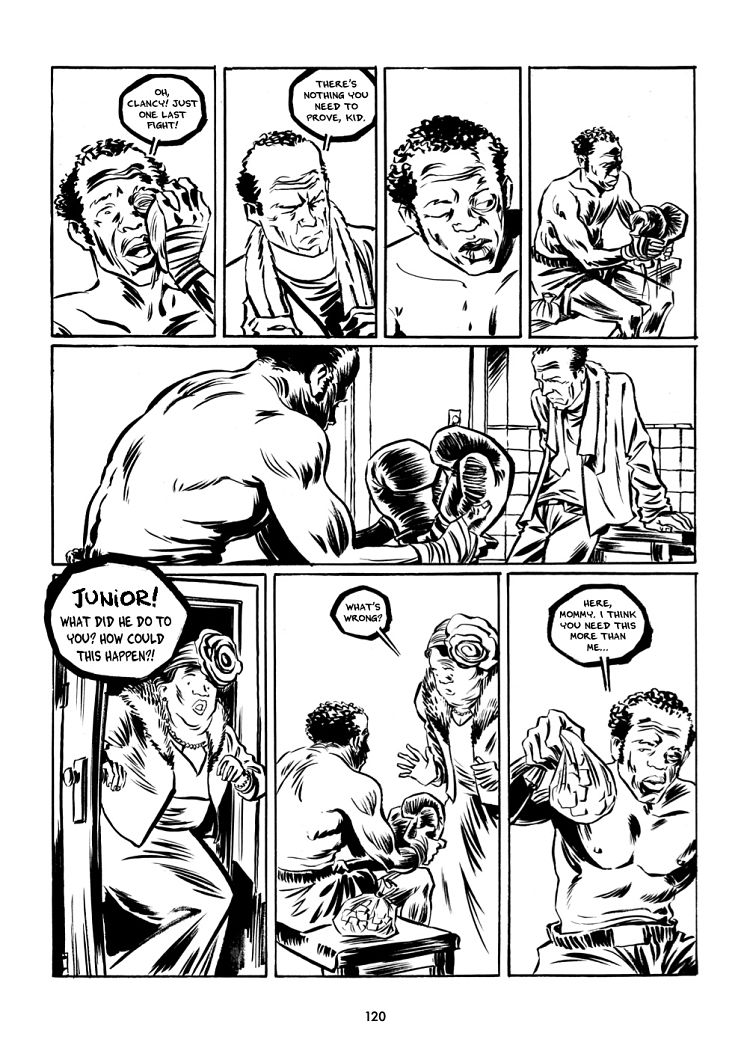 Based in Berlin, Kleist works as a freelance comics artist and illustrator in Berlin. KNOCK OUT! isn’t his first foray into the illustrated ring: in 2014, his book The Boxer was published, telling the story of Holocaust survivor Harry Haft. His breakthrough graphic novel Johnny Cash: I See A Darkness was published in 2009 and received the Max und Moritz Prize for Best German-language Comic.
Based in Berlin, Kleist works as a freelance comics artist and illustrator in Berlin. KNOCK OUT! isn’t his first foray into the illustrated ring: in 2014, his book The Boxer was published, telling the story of Holocaust survivor Harry Haft. His breakthrough graphic novel Johnny Cash: I See A Darkness was published in 2009 and received the Max und Moritz Prize for Best German-language Comic.
- Autobahn - November 26, 2021
- Alphabetical - November 12, 2021
- SOFA Universe - November 8, 2021

